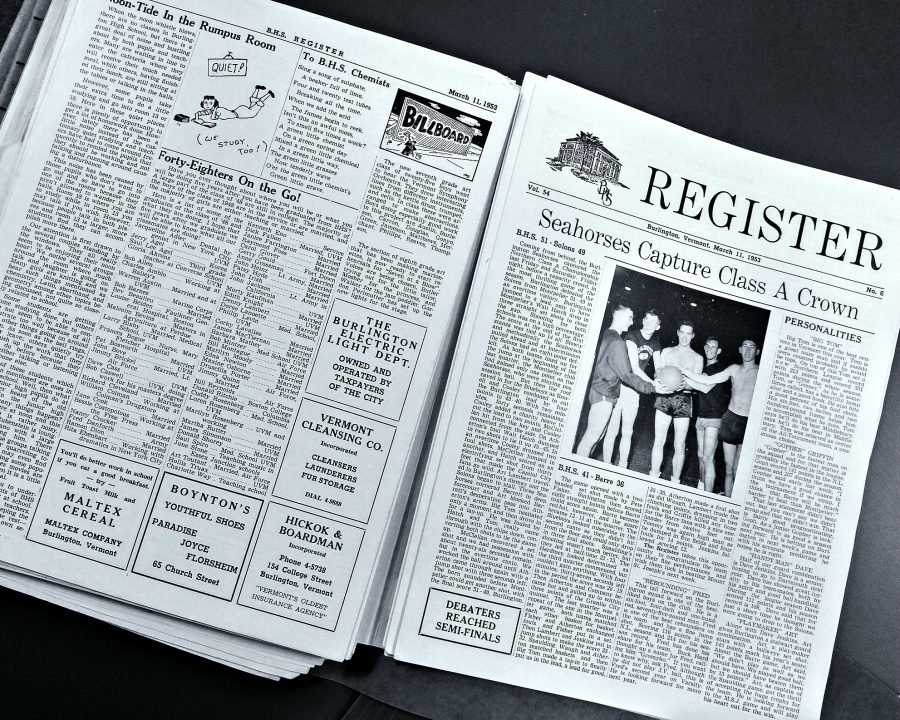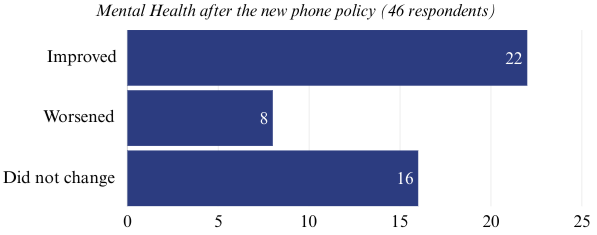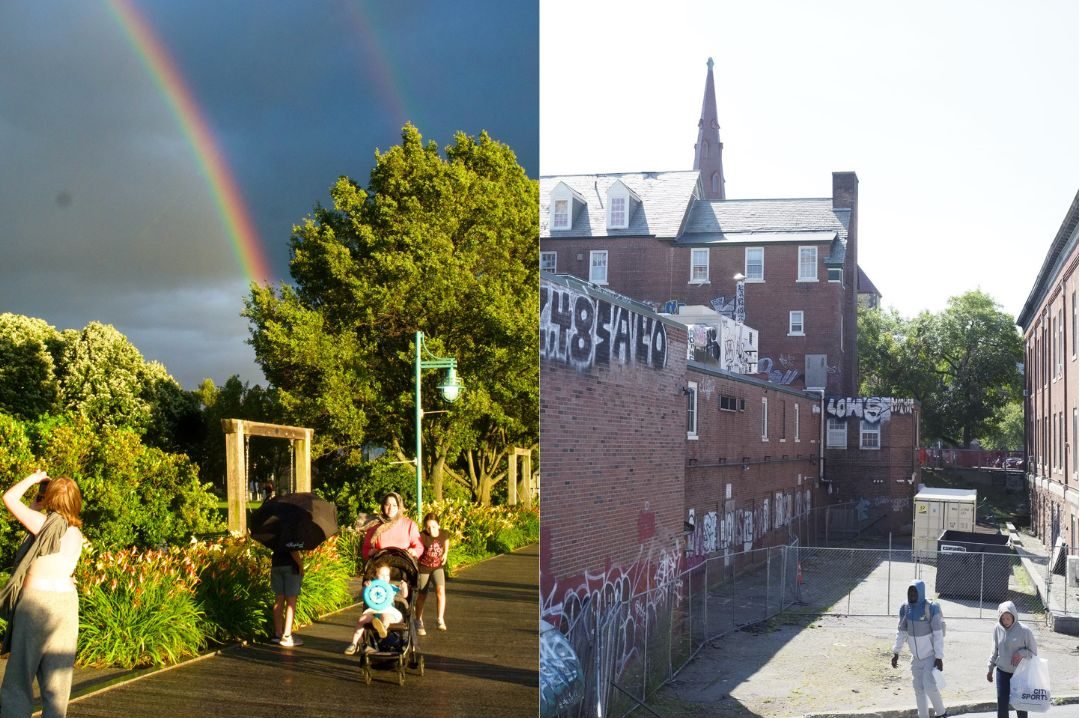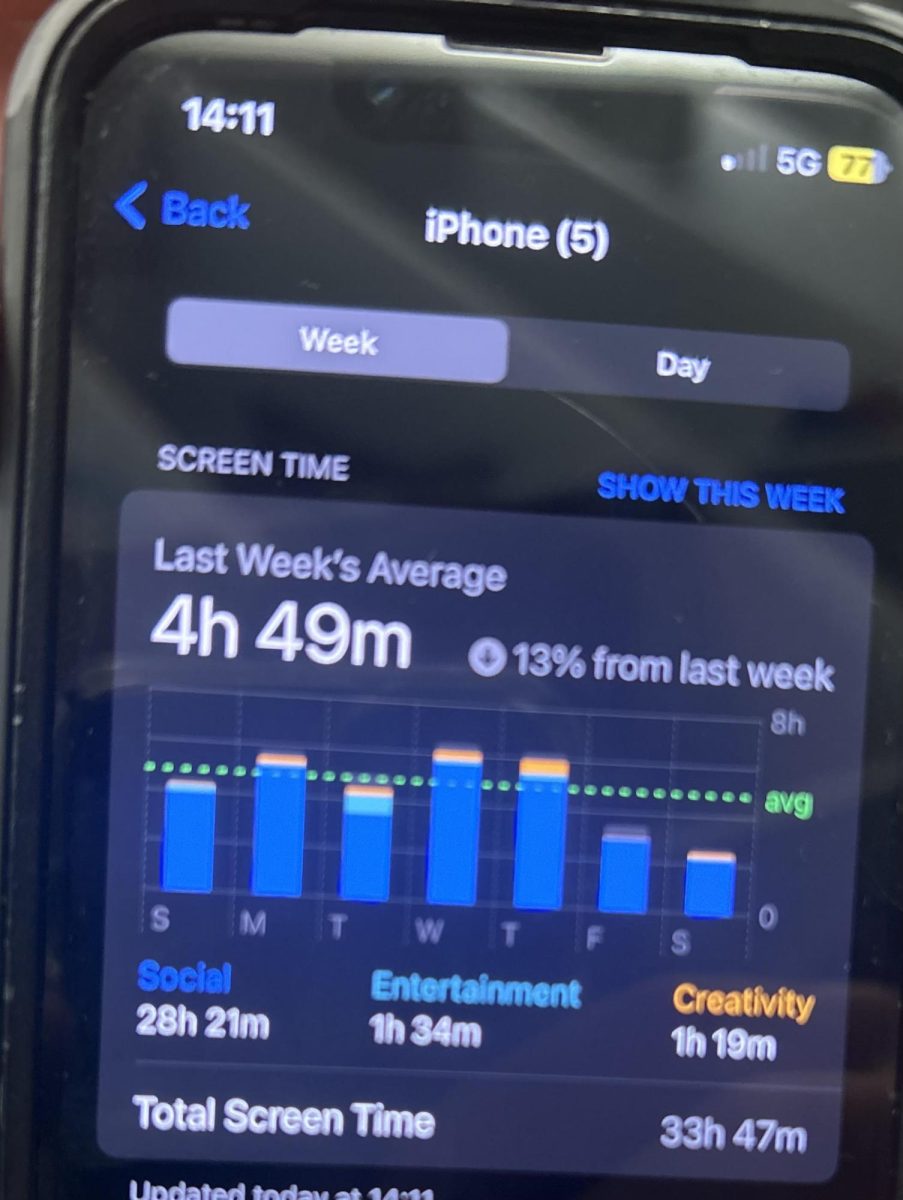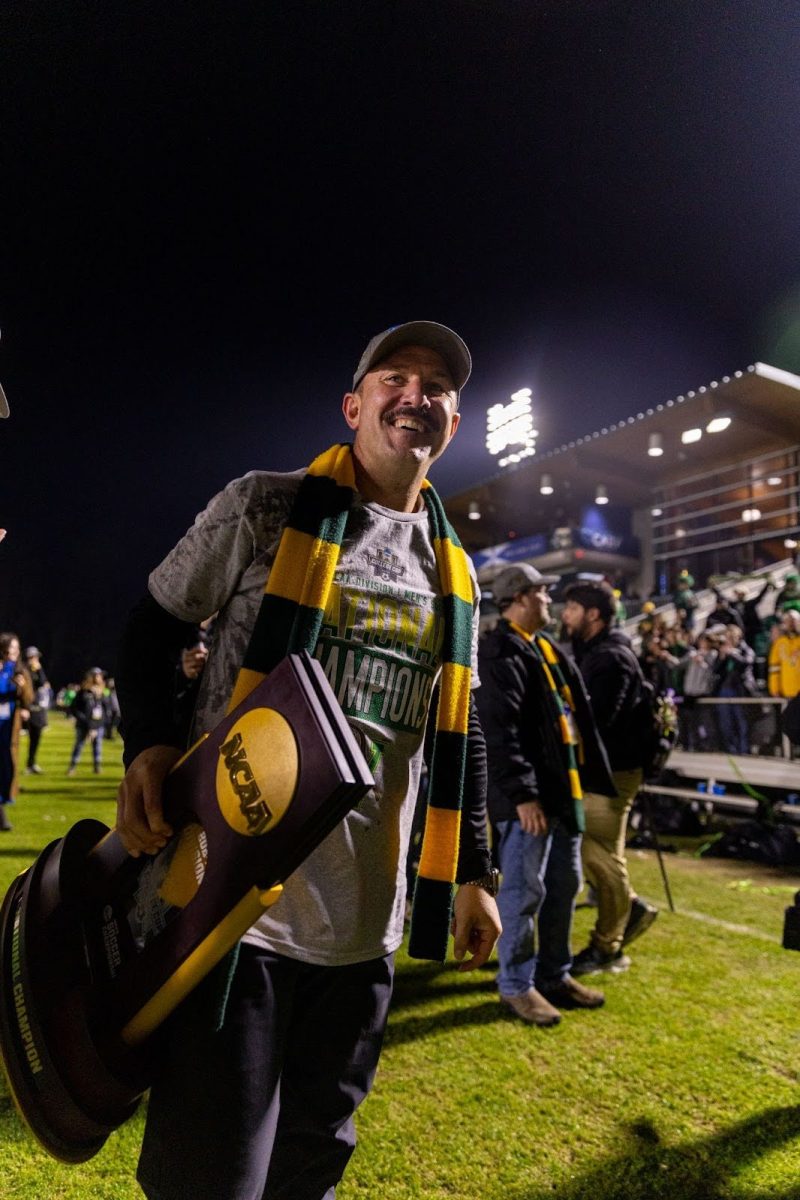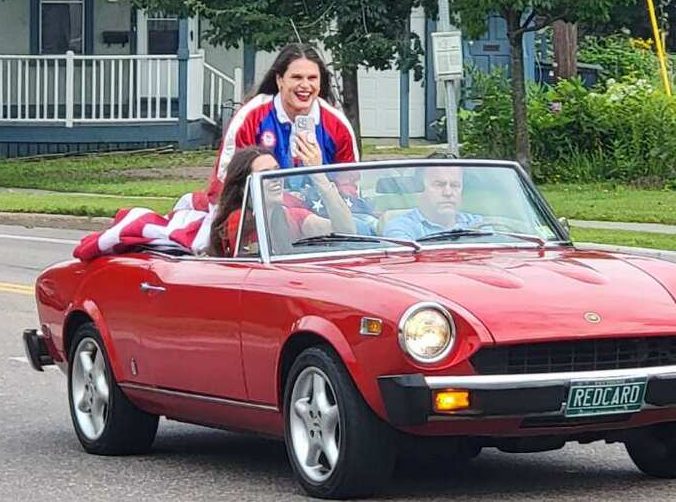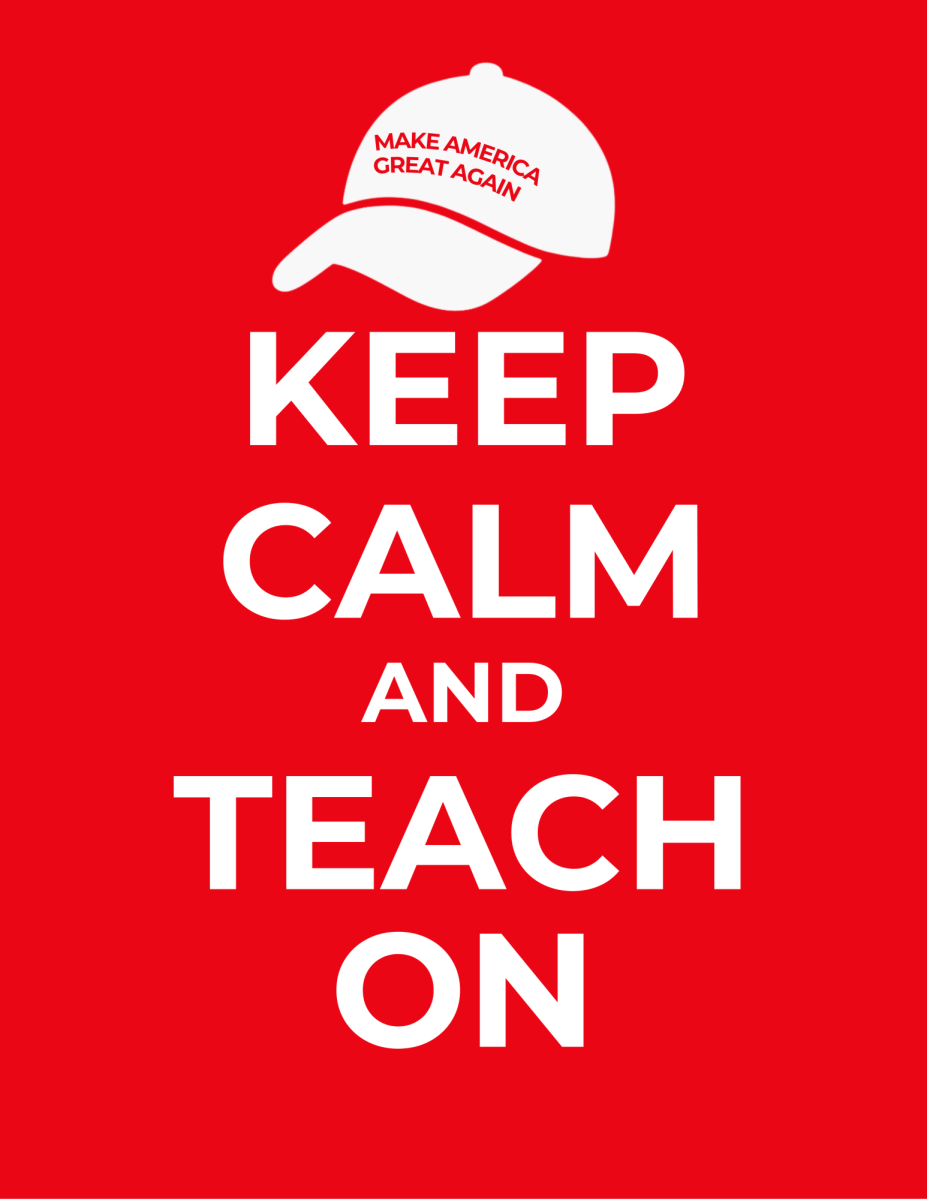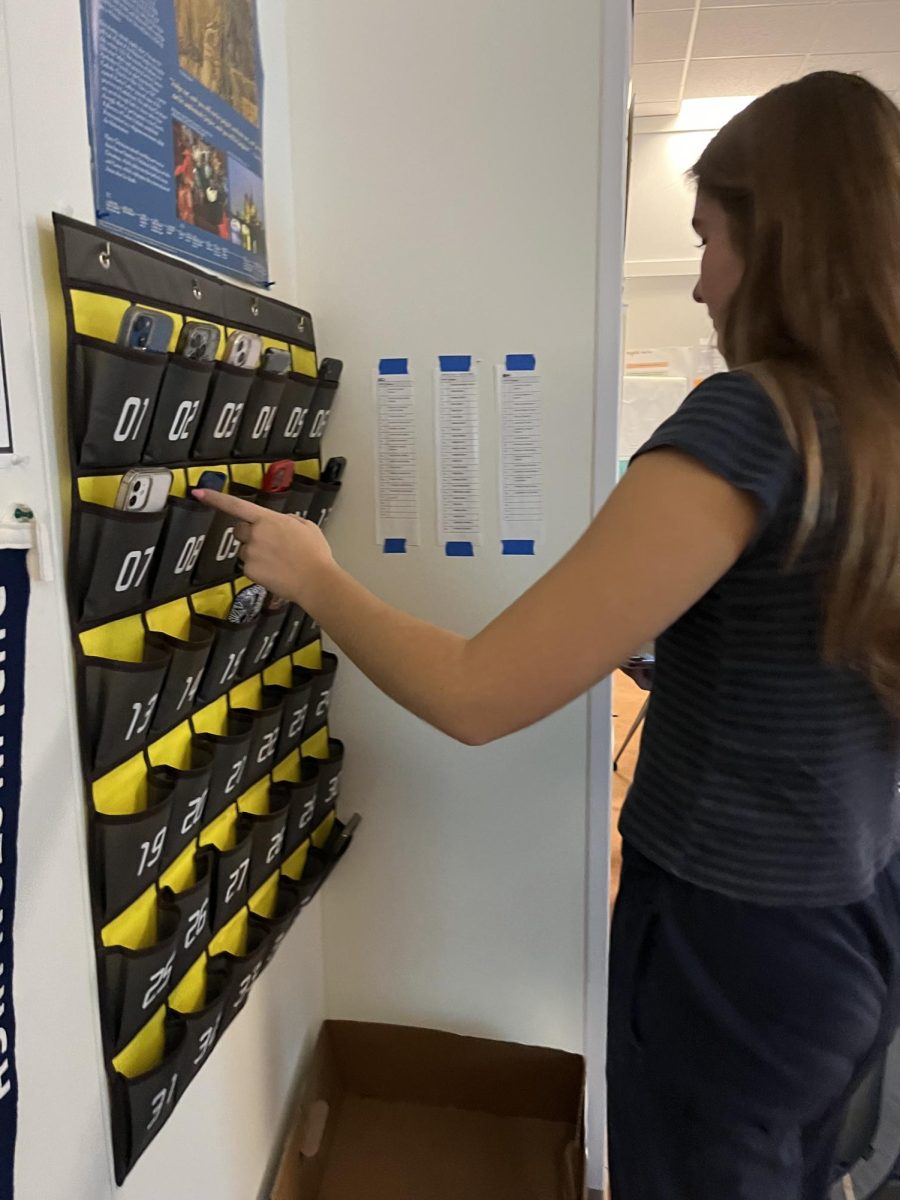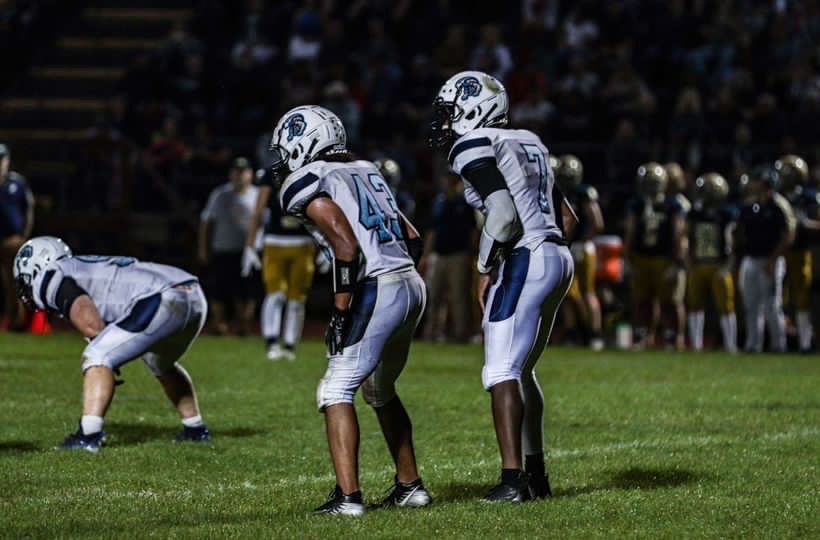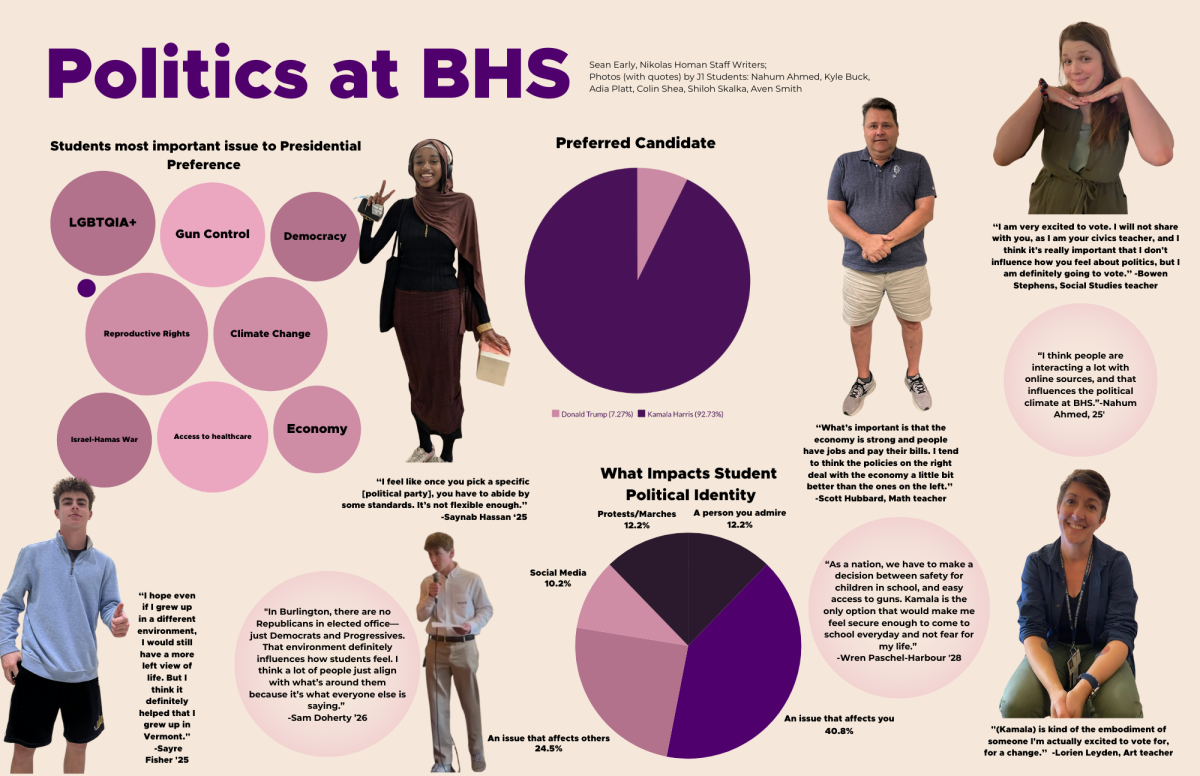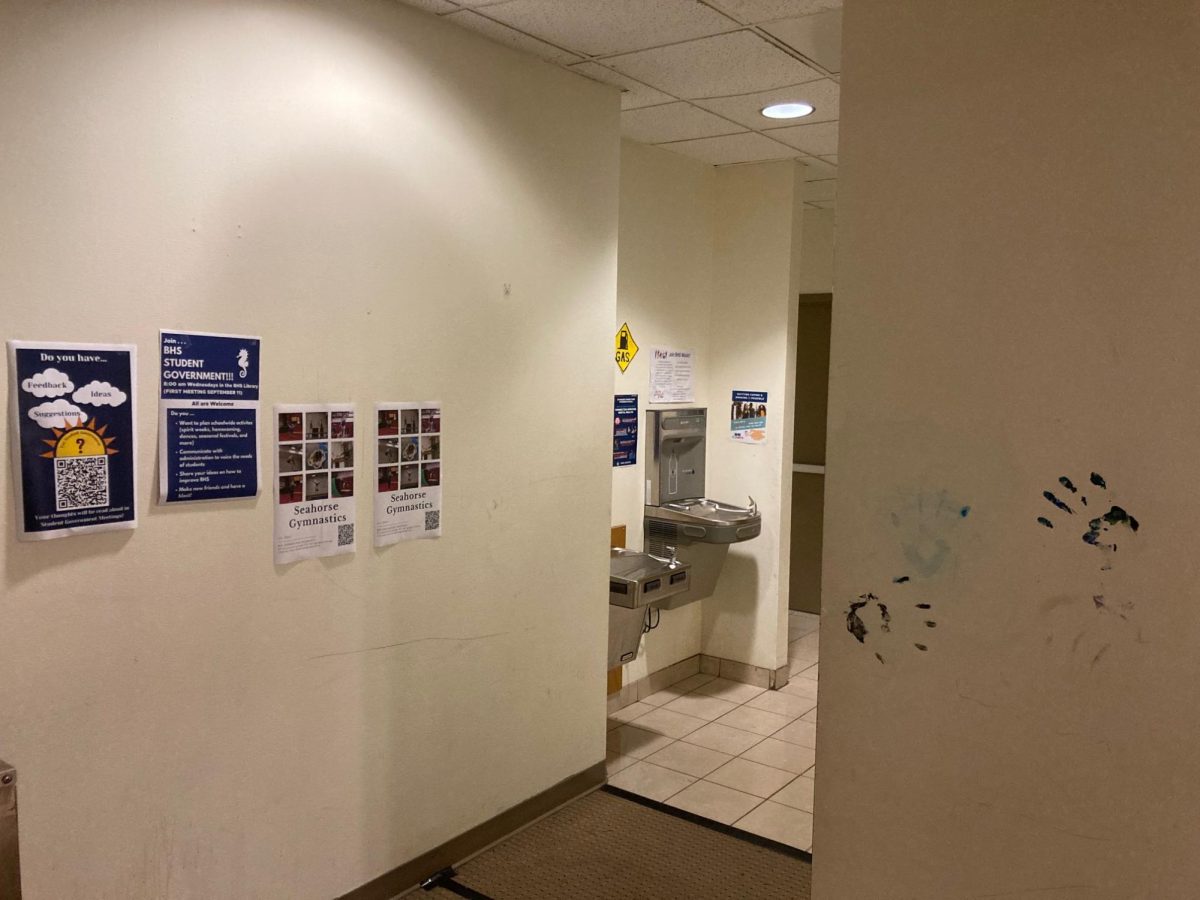Story By: Alexandre Silberman and Cerella Farinholt
In order to learn about, understand and celebrate Burlington High School’s history, the Register staff dug into the archives of the paper’s past. In the exploration of articles from as early as the 1890s, a rich perspective of cultural progression was unveiled.
The 1890s
The earliest editions of the Register serve as a preservation of the past. To begin to tell the tale of our storied publication we must start with a little history. The following passage is adapted from the 2011 BHS Alumni Directory:
Burlington Academy, established in 1816, became Burlington’s first public high school. The Academy underwent a number of changes in its early years, particularly changes in leadership. From the time of its establishment in 1816 until the year 1900, thirty-five principals assumed leadership roles at the Academy. Other changes occurred with the needs of the times. In 1859, for instance, women were admitted, tuition was eliminated, a new 46-week school year was initiated, and the Academy was renamed Burlington High School (BHS).

By 1871, BHS had relocated to the northwest corner of South Willard and College Streets. This building, affectionately known at the “Old High School,” was utilized for 30 years. Then, due to a growing population and the need for additional space, the high school moved once more, to the corner of Main and South Union Streets.
The site for the “New High School” was donated by Sen. George F. Edmunds in cooperation with the City of Burlington. This venture cost the city
$15,000 for the land. On May 2, 1900 the doors of the George F. Edmunds High School opened with a senior class enrollment of fifty-six students. The school colors were brown and gold.

As the students transitioned into a brand new high school, the Register took off. The first edition was hot off the press in 1898, and the publication continued to be printed into the 1900s.
It appears that many of the early editions were printed by the students themselves. Both Edmunds High School and the current campus once had print shops, as the craft was part of vocational, or technical education. The shop helped teach students how to get a career as a printer.
For several years the paper may have been printed by the Free Press Printing Company. This was a commercial printing division, run by the Burlington Free Press.

At least two known copies of the original 1898 issue exist. The weathered pages played host to alumni notes, poetry and vintage advertisements. The December issue provided updates on how students planned to spend the holidays: Daniel Conway, class of 1901, went to spend Christmas with his grandma, while the publication informed readers that Margaret Whelan, class of 1902, who had been suffering with an attack of tonsillitis, was now better.
A poem about organ bells was included in the back pages: “So grandly played the chords of life, each note so firm and clear,” wrote Anna O’Malley, class of 1899.

An advertisement for Chas. E. Pease & Co. touted a special student deal: full vacation suits for just $10. An ad for the Grand Union Tea Co. encouraged readers to purchase its pure, low-cost tea at the 55 Church St. shop. The Waverly restaurant informed the public that lunch was served at all hours.
The 1899 issue provided an update on summer adventures: “Two BHS boys went on a fishing trip to go to the Lamoille River for a couple of days and caught their remarkable string of one bull-head and a sucker.”

Decades Gone By
The years 1900 to 1930 are the two decades missing in the collection of newspapers at the high school. With a little bit of digging around, the Register found that several editions have been archived in the University of Vermont Special Collections. This includes original copies from 1901, 1906, two from 1910, and one from 1913 and 1918, as well as some in the 1920s. The library has a few dozen issues of scattered dates up to the early 1960s.
The 1930s
The Register shifted to include a greater variety of content in the 1930s. The depression era came with the appointment of the staff’s very first joke editor. The humorous student wrote the “Slurs or Crax,” column, which contained gossip on the teachers, including calling Mrs. Jobling “our gum-chewing specialist.”
Alongside the production of the paper’s content, George Little served as the Register’s assistant business manager in 1939. Little took his skills learned at the paper and went on to found George Little Press Inc., along with his father, George Little Sr. in 1950. The printing business operated on Pine St. in Burlington’s South End until it was sold in 1983 and subsequently moved to Essex in 1997.

Front page stories in 1939, highlighted the strong music and drama programs of the time. Articles announced that the band had taken a trip to the New England Music Festival in Worcester, Mass., the high school was hosting a music festival and one act plays were underway.
The Register received recognition as the most improved student publication in the state that year from the University of Vermont.
Another 1939 issue thanked students for a good turnout at the annual yearbook photo day: “Thanks for the snapshots. Oread snapshot day turned out to be quite successful, as approximately 275 pictures were taken.”
Advertisements throughout the paper gave readers a taste of the late Gilded Age culture.
Advertisements lured students to buy Fro-Joy Ice Cream in the cafeteria. These were similar to the Hood containers handed out to Burlington kids in recent years. The company created small containers of ice cream until shutting down the doors of its Buffalo, N.Y. plant in 1974.
McAuliffe’s Stationary Shop on the corner of Church and College Streets offered notebooks for just 10 cents, while B.J. Boynton suggested fine men’s shoes for college.
The Maltex Cereal Company also advertised their product. The malted cereal brand cranked out 300 boxes a day at its peak, opening in 1900 and operating until the early 1970s. The Pine St. factory, across from present-day Artsriot, has now been renovated into office space.
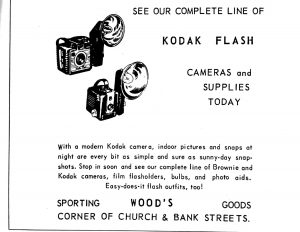
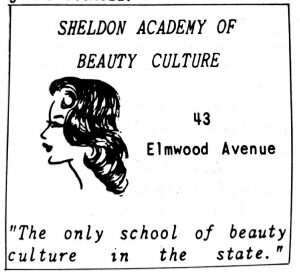
The 1940s
The BHS Register provided a clear lense into 1940s cultural progressivism. Issues highlighted the fashion evolution of the time, with articles chronicling student and teacher responses to the return of “Gibson Girl” clothing trends.
The Register also covered local and national events of the time, with one headline reading “Harold Stassen To Speak In Burlington; Presidential Candidate In Coming Election.” Stassen was a Republican governor from Minnesota.
In addition, the paper outlined the colorful array of clubs available to students at BHS, including a particularly popular “Radio Club.”
Finally, the BHS Register was deemed Vermont’s Top High School Paper in 1949, and continued its legacy into the 1950s.
The 1950s
The BHS Register was active in covering local and school affairs throughout the 1950s.
A copy of the paper from 1957 included a news story on the BHS

twirlers, complete with a photo: “After long hard hours of drilling and perfecting their routines, ten sophomore girls competed in the final cut on May 8. The four fortunate girls were chosen on their musical ability, stutting, twirling, and attitude toward the squad.”
As was common practice back in the day, the paper had five typists, all of whom were women, and three named Sue. At the time, the type had to be hand assembled and set into blocks for printing. Photographs were produced with film cameras, and plate images for printing.
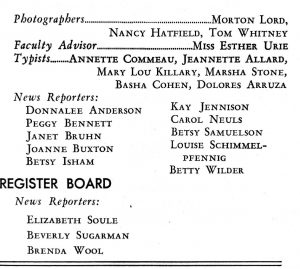
The paper was sold for five cents per issue at the time, or $1.30 for the year to subscribe. In 2017, individual copies of the paper are now free to community members, and the annual subscription rate is $25.

An advertisement in the issue, promoted studio senior portraits for $10.
The Register also contained advertisements for student social events, with one clip urging students to ‘Get your date now for the ice cream soda hop!” Other handy features included a list of summer job announcements, including gigs as a handyman, stenographer, babysitter and fashion shop clerk.
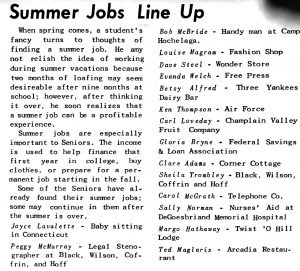

The 1960s
The vibrant culture and worldviews of the 1960s swung high in the pages of the BHS Register throughout the era. As America’s focus on liberation and artistic expression boomed, so did the staff and content of the BHS.

The paper had a heavy focus on the school’s social scene, and even boasted a colorful gossip column. Through the regular feature, called “Cat’s Paw,” readers were informed that “Dick Falby has his license back,” that “Barb Boyden is collecting 5th grade pictures and pickled chicken,” and that “J Craig Bigger keeps a tight hand on his wallet.”
The Register also highlighted the activities and accomplishments of a variety of extracurriculars and clubs. Cheerleading, Future Nurses of America, Future Teachers of America and El Espanol Cuculo were among the popular student groups during this time.
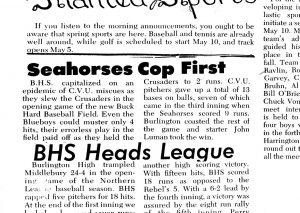

Finally, BHS had no shortage of sports-related news during the 1960s, with headlines touting “Seahorses Cop First,” when the BHS baseball teams beat the CVU crusaders in the first game at the new Buck Hard Field.
Bruce Lisman, a retired Wall Street executive and 2016 Republican candidate for Vermont governor, was a frequent contributor to the Register in the 1950s. His byline appeared on a story in a 1965 edition about Model Congress.
The 1970s
During the 1970s, the layout of the BHS Register was almost as groovy as the events that the publication chronicled. Coverage of clubs and activities swallowed a high concentration of the paper’s content, with special emphasis placed on the thriving Pep Club. One article from 1971 stated that “BHS pep club has a membership of 202 people, the largest and most active group ever. Members are in charge of pep rallies and skits, and have found several ways to boost school spirit..”
The same issue featured highlights from the debate club’s most recent competitions, and doned enticing images from a “Senior Car Smash” event.
In addition, educational and social opportunities boasted heavy coverage, with one feature explaining how “Students took over Vermont Educational Television for one hour on ‘Twenty Below.’” The article explained that “the idea is to take each high school in Vermont, give them an hour of primetime plus the use of the studio and equipment and see what they can come up with.”
Current BHS social studies teacher Fran Brock was the editor in 1972, her senior year as a student at the high school. She later went on to advise the paper during her teaching career.
The 1980s
Throughout the 1980s, the Register vividly captured the groundbreaking and teen-oriented culture of the time. Pop culture was a prevalent focus in every publication.
Articles covered the “Video Game Mania” that surged throughout the decade, one stating that “the popularity of video games has increased rampantly over the past couple of years; enough to support the growing number of video game parlors and to create a multi-billion dollar industry. There are 136 licensed video game units in Burlington, with 102 units belonging to the three major arcades.”

The 1980s issues of the Register also centered heavily on local news. For example, one local story chronicled a ‘Book Burning Controversy, reporting that “The Reverend Wayne Clark of the Community Bible Church held a books and records burning to which members of the congregation brought books and records considered by them to be ‘evil’ and ‘works of the devil.’
An article featuring BHS’ current art teacher John Mazuzan was also discovered amongst the stash of 1980s Registers. The article enthusiastically explained how “Graphic and communication design class are developing a special color scheme for the buildings at BHS that will enhance the overall picture of our school.”
The 1990s
The 90s were chock-full of beanie babies, slap bracelets, and progressivism in music and television culture. While the paper covered many of the iconic cultural aspects of the 90s, it also hosted a strong focus on political and social issues.
One opinion piece from 1991, for example, passionately outlined a student’s perspective on the First Gulf War, with the student writing, “true, the government’s feeding us what many call propaganda. When I see the surgical bombings of missile factories, war looks like a video game.” Some issues also contained World Trivia columns, on topics like the Middle East.

There was also a heavy focus on student voice with repeated debates over whether or not BHS should adopt an open or closed campus.
Finally, the 1991 Valentine’s issue provided a particularly saucy perspective of student culture. Students published surprisingly explicit notes to each other, with a plethora of suggestive language that would probably, (definitely) not make it past Ms. Fialko editing today.
The 2000s
A new century brought new voices to the The Register, with BHS’ own Fran Brock acting as the paper’s advisor in 2001.
Immigration and Mexican border control were hot topics in world news, and articles on the subject contained many parallels to the current events of today.
However, many of the cultural pieces described fads and technologies that differ drastically from today. For example, one article contained reviews of new albums, warning readers about “a local band CD that may not be worth your ten dollars.”
School news during the early 2000s included announcements about an upcoming blood drive and for the COTS sleepout, through which students raised $2,700 in 2002.
Sports coverage was central to every issue. In particular, BHS Girls Cross Country team was ranked 21st in the country at the turn of the century. Current gym teacher Pavel Dvorak served as the head coach.
That concludes the BHS Register’s journey into the archives! Stay tuned for more throwback coverage and clips in future issues!



